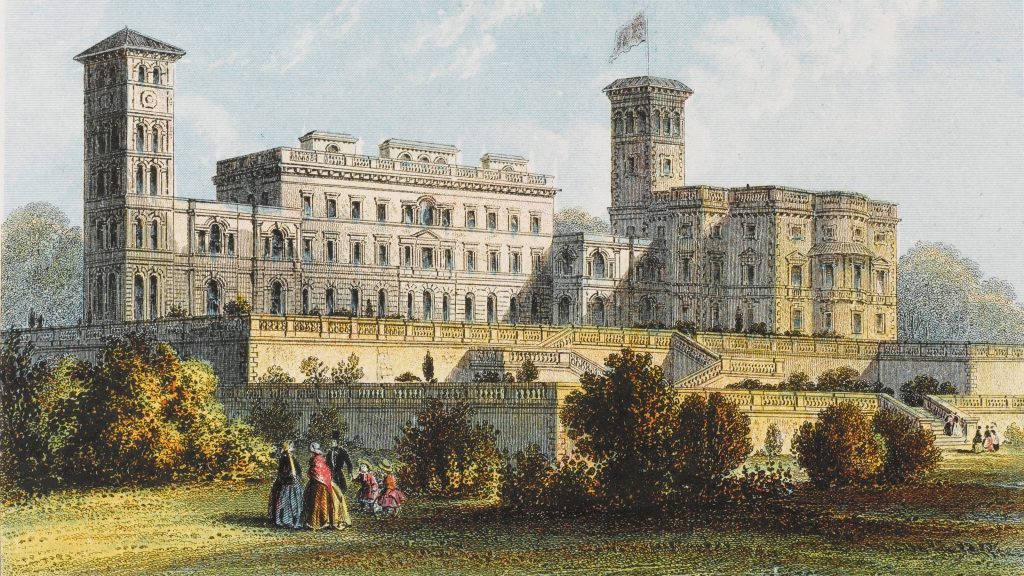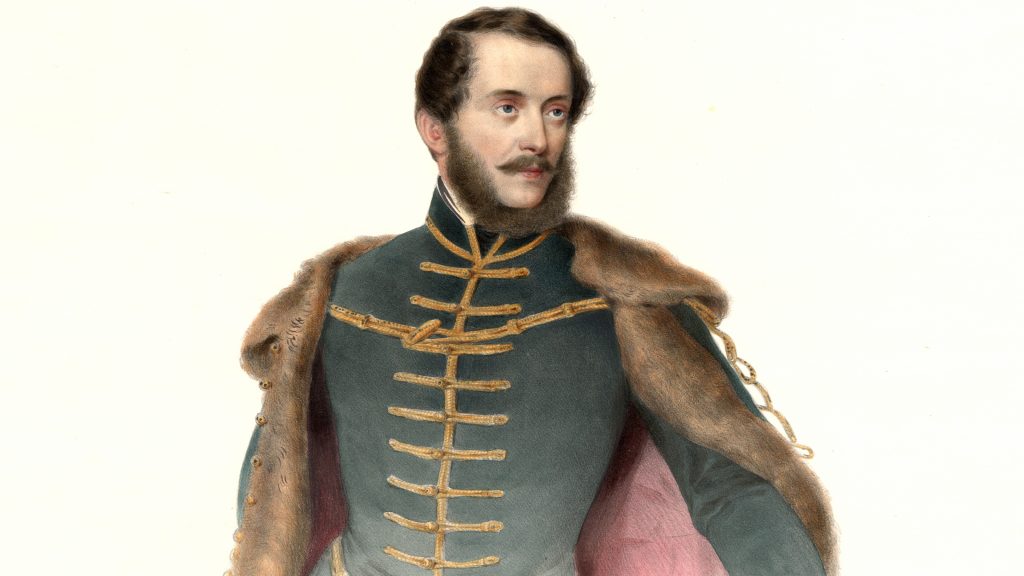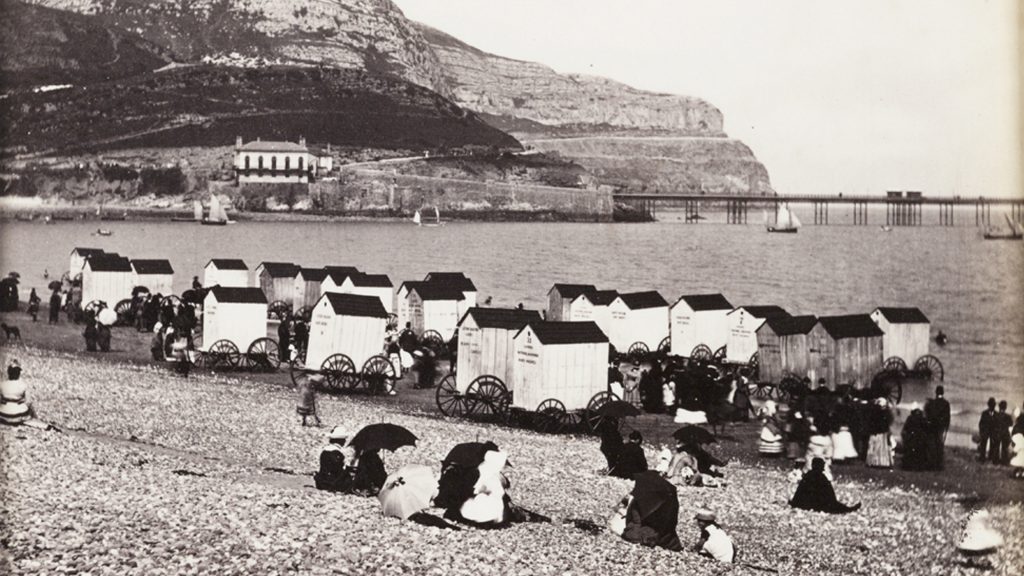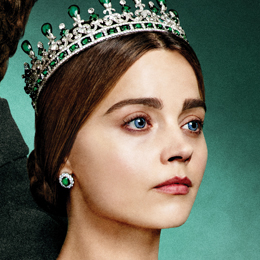History in Images: Victoria Episode 3
As revolutions rock Europe, Queen Victoria relocates her family to the relative safety of the Osborne House, on the Isle of Wight. Hear about some of the real history behind Victoria Episode 3, and see images from this time.
- 1.
Osborne House on the Isle of Wight


(Osborne House)
Queen Victoria worries, in episode 3, about being away from London; it’s not as easy to participate in government by writing letters. At her Osborne House retreat, however, the queen can’t help but relish the beauty and tranquility of the island.
In the English Channel, just several miles off the South coast of England, lies the Isle of Wight. It is here that, between 1845 and 1851, Victoria and Albert had a summer home built. The London architect Thomas Cubitt was commissioned to build the palatial sanctuary, and Prince Albert had a heavy hand in the Italian Renaissance palazzo style design.
The pièce de résistance of the Osborne House, the Lower Terrace, offered panoramic views of the Solent (the sea separating the island from England). There, Queen Victoria loved to sketch, or paint, looking out over the beautiful landscaped gardens and breathing in the sea air.
- 2.
Lajos Kossuth of Hungary


Episode 3 sees Lord Palmerston once again at odds with Victoria when he welcomes Lajos Kossuth, the controversial leader of Hungary, to England.
Lajos Kossuth (Sept. 02, 1802- March 20, 1894) was, among other things, a lawyer, and a journalist, and the leader of Hungary during the Hungarian Revolution of 1848-49. He may be best known for his superb oratory skills and his motivational prowess, with which he whipped up support wherever he went.
He was considered a hero to the common people, and has been hailed as the Father of Hungarian Democracy, and a Freedom Fighter, but he was seen as dangerous by other European leaders for his radically nationalistic views.
- 3.
The Bathing Machine


Bathing machines on a beach in Llandudno, Wales
In episode 3, Victoria emerges apprehensively from a bathing machine to test the waters of her private beach on the Isle of Wight.
A bathing machine was a cart with a roof, walls, and large wheels so that it could be rolled into the sea. Some were all wood, while others had canvas stretched over a wooden frame.
Bathing machines were the respectable accoutrement, from the 1700s until the early 1900s, when it was hardly considered proper to be seen in your bathing suit by a member of the opposite sex.
More so than men, women were required to preserve their modesty, but for both men or women striving for respectability, a bathing machine would have been essential in Victorian times.
- 4.
The Artist, Queen Victoria


A Reeves Box, London.
One of Queen Victoria’s favorite hobbies was painting and drawing. In episode 3, she paints a watercolor of Prince Albert, Vicki, and Bertie, set against the picturesque backdrop of the Osborne House gardens.
Two brothers, William and Thomas Reeves, were responsible for the manufacture of commercial watercolors, in 1781. Before that, artists had to make their own paints using pigments that they mixed with some sort of binding element. The Reeves brothers came up with the soluble paint-cake, which one could apply with the aid of a wet brush. The invention made watercolors so much more accessible, and gave rise to the “golden age” of watercolor painting in England.
Throughout her life, Queen Victoria was an avid and prolific artist, regularly sketching and painting. Her assiduously-kept journals were peppered with sketches, pen and ink drawings, and watercolors, with which she immortalized everything from her children to members of the Royal household to her pets.
Whether she was attempting a self-portrait, capturing a place she was visiting, or portraying a family member, her sketches and watercolors are remarkably expressive, and show she had a keen sense of observation, as well as an adept command of color.




















